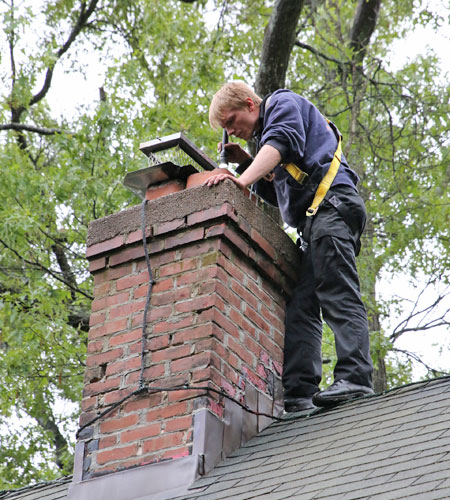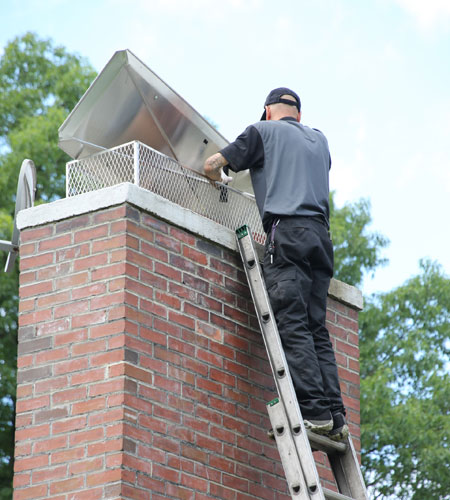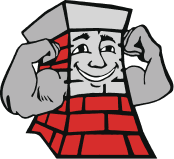4 Safety Items Technicians Look for In A Chimney Inspection
 Your chimney has served you so well for decades that it seems rather indestructible. It has withstood the constant bombardment of wind, heat, rain and snow without as much as a whimper. But looks can be deceiving. And upon a closer inspection, you begin to see the signs of old age. There may be cracks along the surface, weakened joints and some of its parts may be a bit rusty. And without a routine check-up, minor repairs can grow into more expensive structural repairs. The Chimney Safety Institute of America (CSIA) along with fire safety experts recommend homeowners have an annual chimney inspection. Here are 4 safety items our technicians look for in a chimney inspection:
Your chimney has served you so well for decades that it seems rather indestructible. It has withstood the constant bombardment of wind, heat, rain and snow without as much as a whimper. But looks can be deceiving. And upon a closer inspection, you begin to see the signs of old age. There may be cracks along the surface, weakened joints and some of its parts may be a bit rusty. And without a routine check-up, minor repairs can grow into more expensive structural repairs. The Chimney Safety Institute of America (CSIA) along with fire safety experts recommend homeowners have an annual chimney inspection. Here are 4 safety items our technicians look for in a chimney inspection:
Creosote Accumulation
During a chimney inspection, the technician will inspect for an accumulation of creosote. Creosote is a natural by-product of combustion, that sticks to the chimney walls and flue. It’s highly flammable and is the leading cause of fires. An accumulation of more than 1/8” is considered a safety hazard and will need to be removed.
Flue Obstructions
The technician will also climb to the top of the chimney to inspect the chimney cap and flue for signs of damage and obstructions. The chimney cap helps to keep small animals, pests and debris from getting stuck inside the chimney and blocking the flue. It also helps prevent water from getting inside too. A blocked flue can prevent toxic fumes and gases from venting through the chimney which can increase the risk of deadly carbon monoxide poisoning.
Water Leaks
The technician will visually inspect the interior and exterior masonry for water leaks. Water can be particularly destructive to the chimney structure and its components. Aside from rusting the damper, it can soften masonry work like bricks and mortar. During freezing temperatures, water accumulated inside the bricks can cause the bricks to crack as temperatures rise again. The combination of softened mortar joints and cracked bricks can cause entire bricks to fall off the chimney. This can lead to smoky fires in the fireplace and major structural issues if not repaired.
 Flue Liner
Flue Liner
While inside the chimney the technician will check the flue liner for any signs of damage or weakness. The flue liner is an important component that contains the high heat (which can exceed 1100⁰F) inside the chimney. This increases heating efficiency and protects the flammable materials of your home like wood shingles, roof fascia and other components from a risk of fire. If your flue liner is damaged the technician may recommend repair or replacement. Some older homes don’t have a flue liner. In this case, the technician will most likely recommend installing a steel, clay or cement liner.
Contact us to schedule your annual chimney inspection today!


